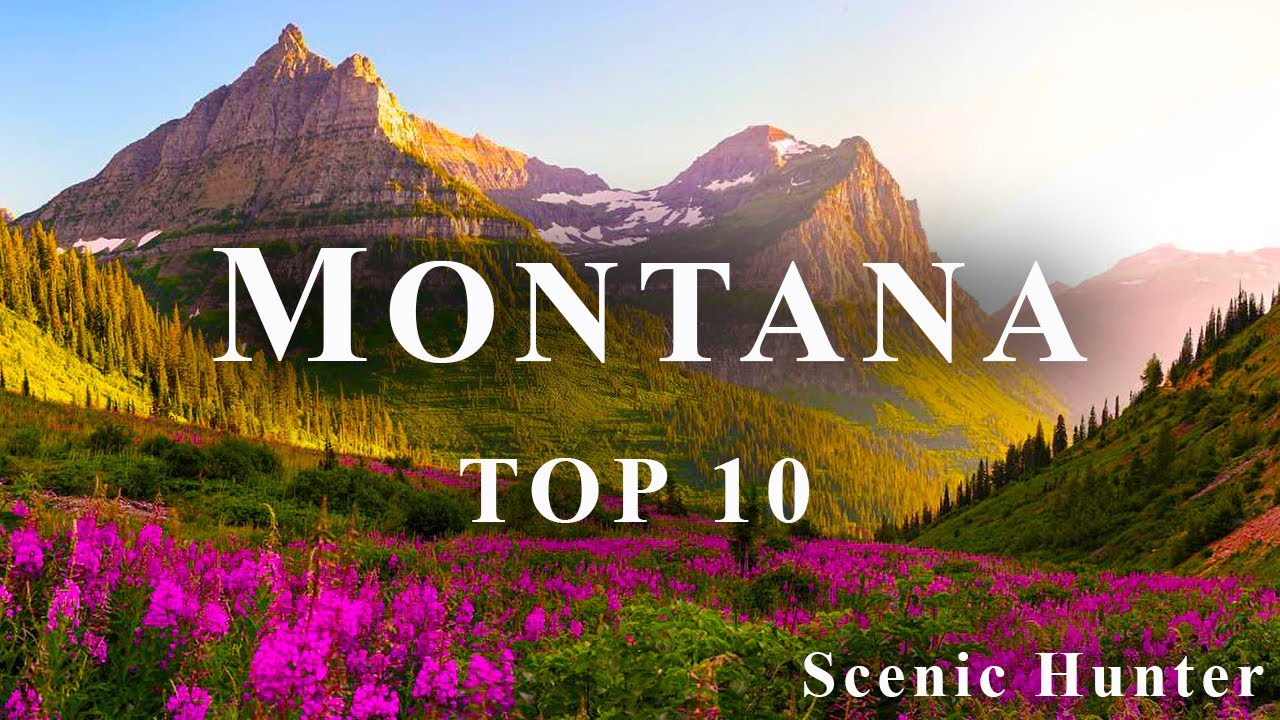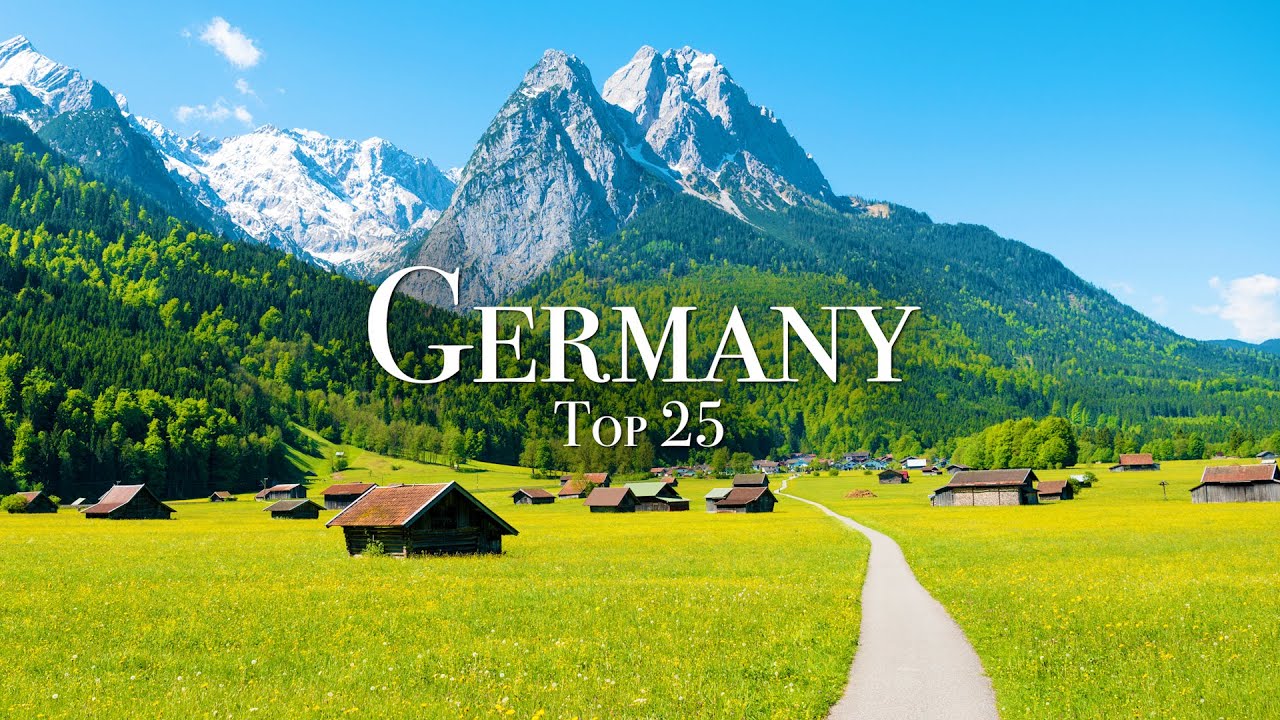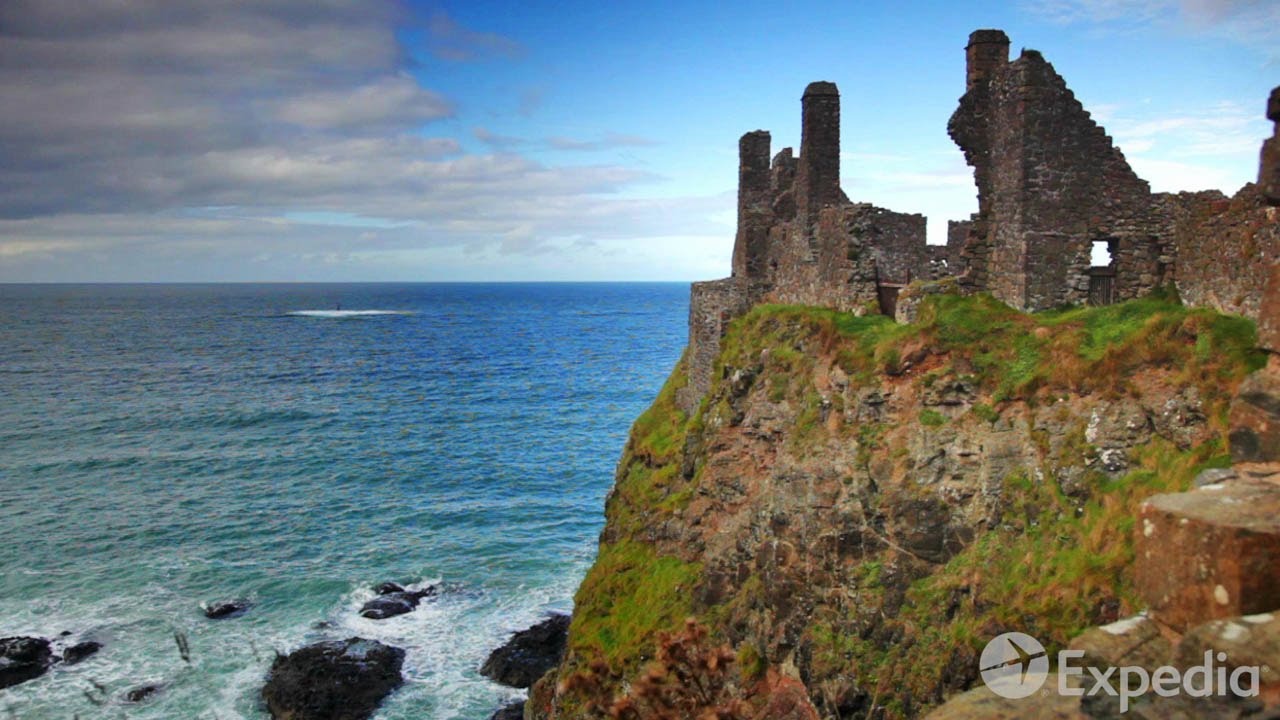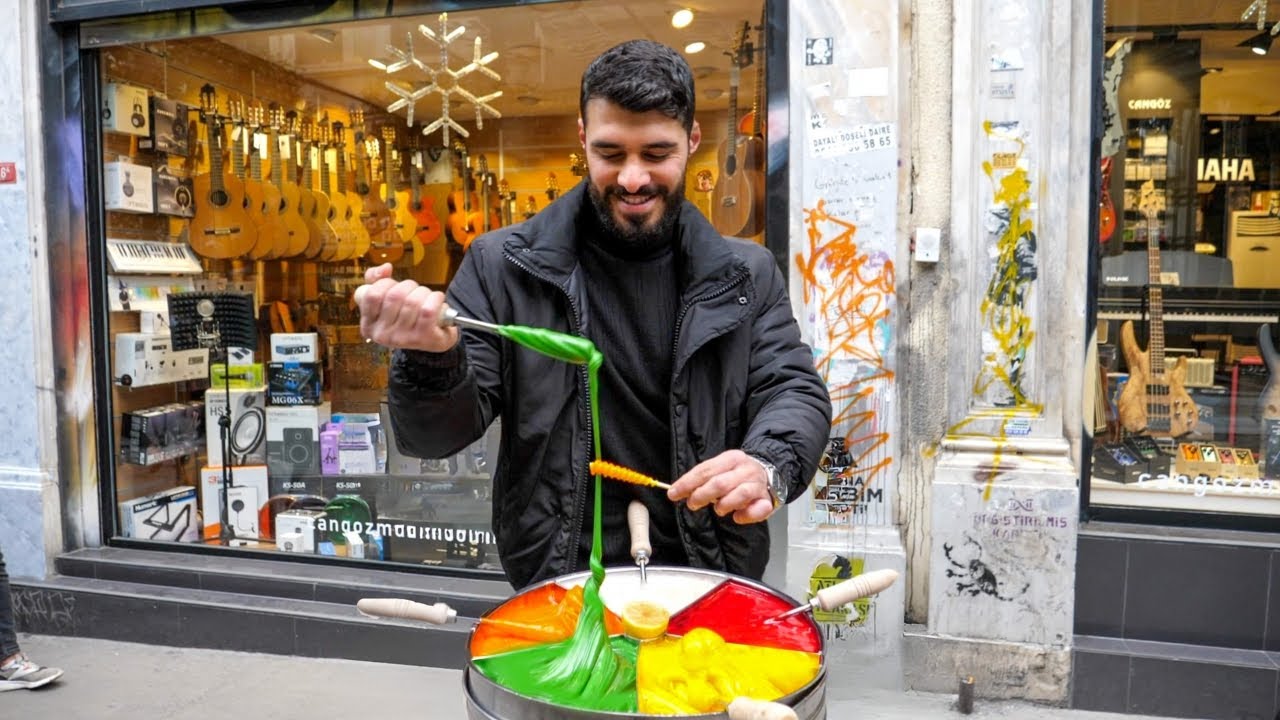Embark on an unforgettable journey to the breathtaking Longji Rice Terraces in China, often referred to as the Longsheng Rice …
The Longji Rice Terraces, often translated as the “Dragon’s Backbone Rice Terraces,” are undoubtedly one of the most breathtaking and beautiful examples of agricultural engineering and natural harmony in China. Located in Longsheng County, about 100 kilometers north of Guilin in Guangxi Province, these terraces are a mesmerizing sight that attracts photographers, nature lovers, and cultural enthusiasts from around the globe.
Here’s what makes the Longji Rice Terraces so special:
- Scale and Shape: The terraces are built along the slopes of the mountains, winding from the riverbanks up to elevations between 600 and 800 meters (and in some cases even higher). Their layered and curving patterns resemble the scales of a dragon, with the mountain range’s summit looking like its backbone – hence the name.
- History and Creation: These incredible man-made fields were primarily constructed by the Zhuang and Yao ethnic minorities starting around the Yuan Dynasty (1271–1368) and continuing through the Qing Dynasty (1644–1911). Many of the terraces are over 650 years old and are still actively farmed today.
- Cultural Significance: The terraces are not just for agriculture; they are deeply intertwined with the traditions and customs of the local Zhuang and Yao people. Visiting the villages within the terrace area offers a glimpse into their unique lifestyles, clothing, and architecture.
- Seasonal Beauty: The Longji Rice Terraces offer dramatically different yet equally stunning vistas throughout the year:
- Late April to Mid-June: The paddies are filled with water, creating mirror-like surfaces that reflect the sky and surrounding landscapes. This is a fantastic time for photography.
- Mid-June to Mid-September: The rice plants are lush and green, blanketing the hillsides in vibrant hues.
- Late September to Mid-October: The rice ripens, turning the terraces into a golden sea ready for harvest. This is another popular time for visitors.
- Winter (December to February): The terraces are often bare, but a dusting of snow can create a unique and beautiful scene.
Key Villages and Viewing Points:
The Longji Rice Terraces scenic area has several villages that offer different perspectives and experiences:
- Ping’an Zhuang Village: The most developed for tourism and easily accessible. It offers well-maintained paths and viewpoints like “Seven Stars Accompany the Moon” and “Nine Dragons and Five Tigers.”
- Jinkeng Dazhai Village (Red Yao Village): Known for the Yao women with incredibly long hair and more expansive, less commercialized terraces. Popular viewpoints include Golden Buddha Peak and West Hill Music.
- Longji Ancient Zhuang Village: A more traditional village with well-preserved wooden architecture, accessible by a hike from Ping’an.
- Huangluo Yao Village: Famous as the “Long Hair Village” where Yao women have exceptionally long hair.
Tips for Visiting the Longji Rice Terraces:
- Best Time to Visit: Generally, late April to mid-October offers the most visually stunning landscapes. For photography, consider the water-filled terraces (late April to mid-June) or the golden harvest (late September to early October).
- Getting There: The Longji Rice Terraces are about a 2.5-3 hour drive from Guilin. You can hire a private car, join a tour, or take a public bus (which involves transfers).
- Accommodation: You can stay overnight in guesthouses within the villages for a more immersive experience and to witness sunrise and sunset over the terraces.
- Hiking: There are various hiking trails connecting the villages and viewpoints, offering different levels of difficulty. Wear comfortable, non-slip shoes.
- Photography: The terraces are a photographer’s dream. Capture the reflections in the water, the vibrant greens, the golden fields, and the mist-shrouded landscapes. Early morning and late afternoon offer the best light. Consider bringing a tripod.
- Respect Local Culture: Be mindful of the local customs and traditions of the Zhuang and Yao people. Ask for permission before taking photos of individuals.
- Cash: Bring enough cash as there are limited ATM facilities in the scenic area.
- Weather: The weather can change quickly in the mountains. Pack layers and be prepared for rain.
The Longji Rice Terraces are more than just a beautiful landscape; they are a testament to human ingenuity, sustainable agriculture, and the harmonious relationship between people and nature. A visit here is an unforgettable experience and a highlight of any trip to China.









